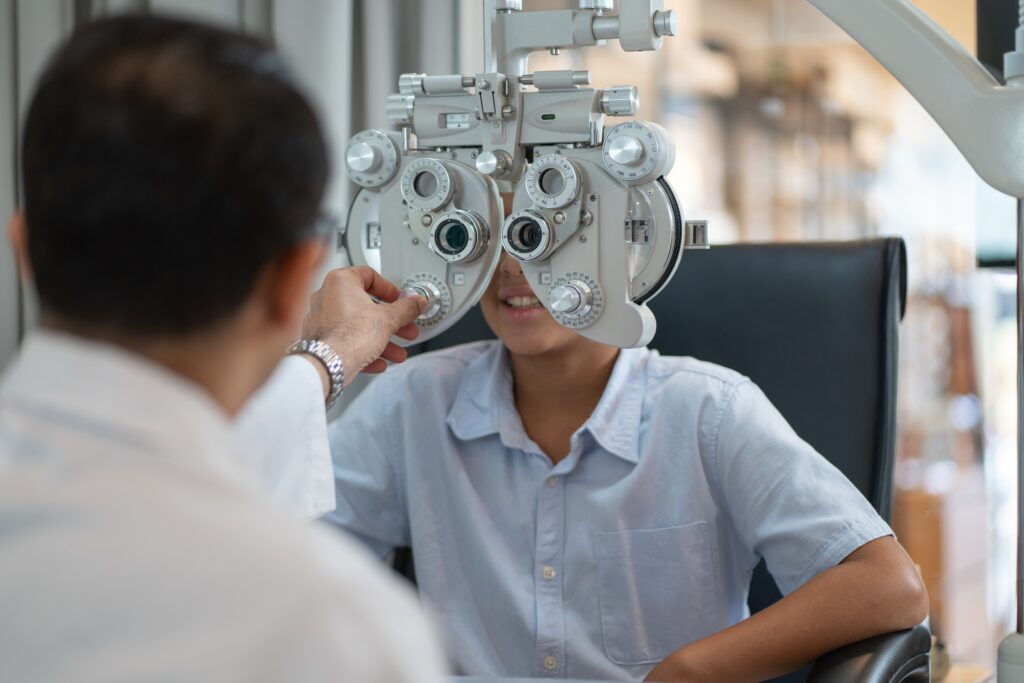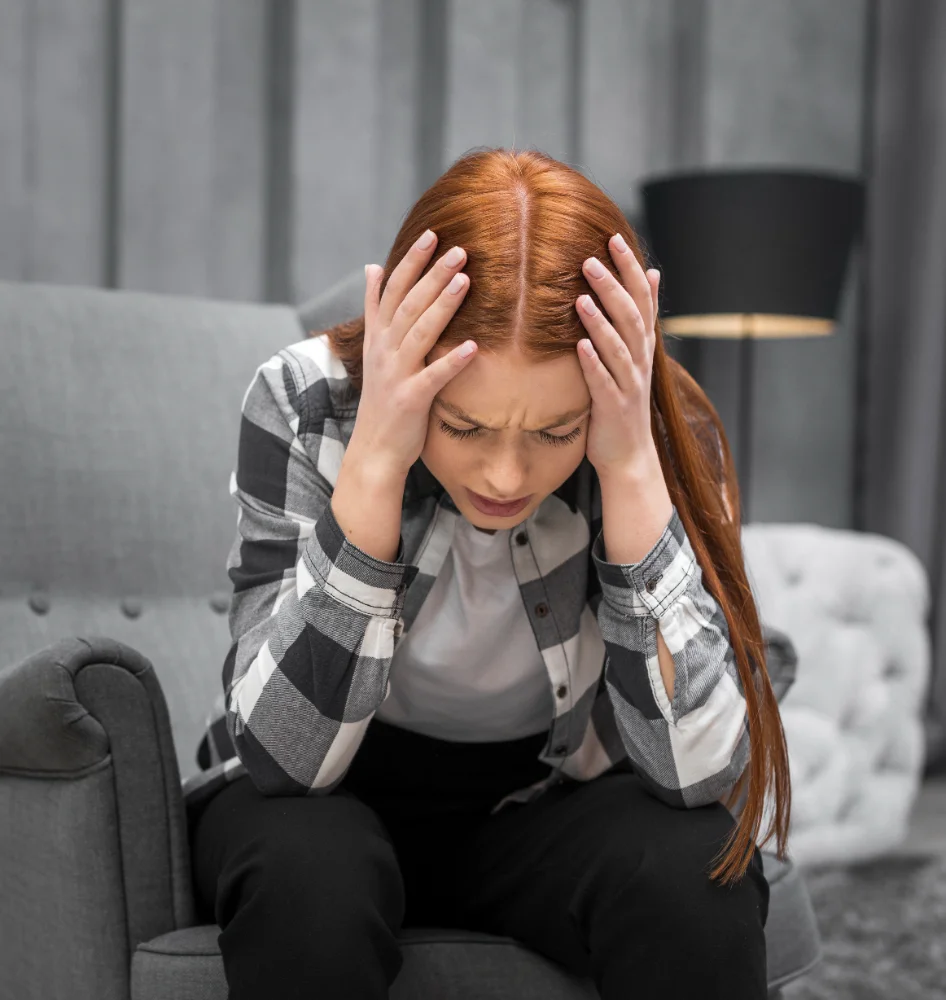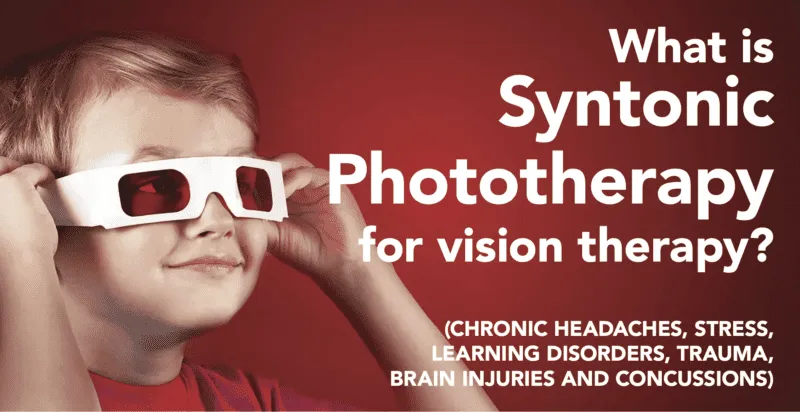Typical symptoms that are experienced after a concussion may include:
Sports Vision is a form of vision therapy that focuses on the visual needs of a particular athlete. This starts with appropriate refractive correction and eyewear for injury prevention and athletic performance. Sports vision trains the athlete for maximum efficiency of their visual system and sports-specific visual needs. This includes skills such as tracking accuracy, hand-eye coordination, dynamic vision, and contrast sensitivity.
Visual rehabilitation is a personalized program that involves science-based eye exercises and activities to strengthen the connection between the eyes and the brain to help alleviate your visual symptoms and improve your quality of life.
Visual rehabilitation is an evidence-based program to treat the visual problems experienced after head injuries and concussions.



